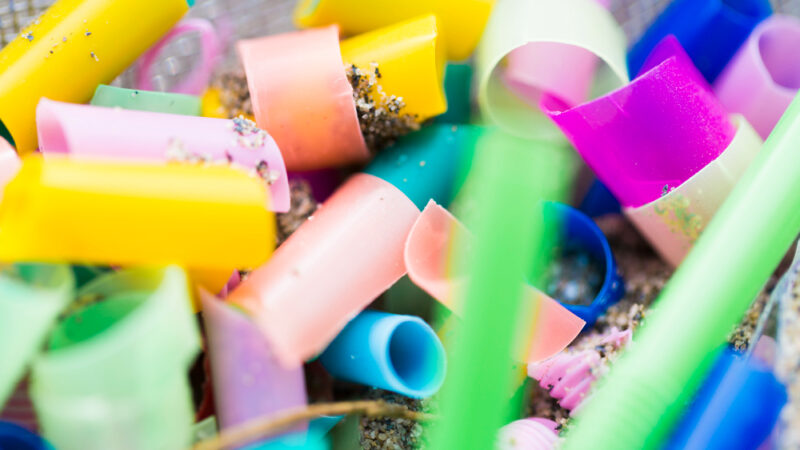Nothing livens up a house more than wood, steel, or stone fixtures that are polished to perfection. Whether you’re trying your hand at furniture making, metal crafting, or stoneworking — polishing the materials is key to bringing out their beauty. Polishing isn’t as easy as it might seem though–it requires patience and care in order to properly bring out each material’s unique qualities. If you want to learn the secrets of how to get a vibrant shine on different materials, this guide is for you! We’ll take an in-depth look at the best strategies for shining up wood, steel, and stone surfaces so that your projects have that special something that only comes when each material is given the proper attention and care during polishing. Keep reading for step-by-step directions on how to make all sorts of surfaces stand out due to their gleaming finish!
What You Need to Know About Polishing Different Materials
One of the keys to achieving a professional and polished look in your woodworking or metalworking projects is to master the art of polishing. But not all materials are created equal, and different methods are required depending on the material you’re working with. Whether you’re polishing delicate gems like jasper, or tackling tough metals like steel, it’s important to understand the specific techniques required for each material, as well as the appropriate polishing compounds and equipment to use. With a little bit of practice and some know-how, you’ll be able to achieve a flawless, mirror-like finish on any material. Considering that the grit size needed for sanding discs is determined by the material you’re working with, it’s also important to learn about the various grit sizes and what works best for each type of material. It’s also helpful to learn about buffing and waxing so that you can give added protection to delicate surfaces.
How to Polish Metals Properly
Polishing metals may seem like a simple task, but to get it done properly, you need to have some know-how on the dos and don’ts of metal polishing. One essential thing that you need to bear in mind is that each metal will require a different approach. For instance, copper needs a different polish compared to stainless steel. Also, never forget to clean the metal properly beforehand, as dirt can scratch surfaces and make the polishing process more complicated. If you are using a chemical polish, make sure to wear gloves and work in a well-ventilated area. Remember to apply a thin layer of polish and use a clean, soft cloth to buff it out. In essence, polishing metals is a satisfying task, but with the right knowledge, you can make it a more straightforward and enjoyable endeavor.
The Best Way to Polish Wood
Polishing wood can transform an old, dull piece of furniture into a shining masterpiece. But with so many options out there, it can be hard to know which method to choose. When it comes to the best way to polish wood, there are a few key factors to consider. First, you want a method that will protect the wood from damage, as well as enhance its natural beauty. Second, you want something that’s easy to apply and won’t require constant maintenance. And finally, you want a product that’s affordable and won’t break the bank. By taking these factors into consideration, you can find the perfect wood polishing method to breathe new life into your favorite pieces.
How to Keep Your Leather Goods Gleaming with a Professional Finish
Leather is a classic material that is durable and beautiful, but it requires proper care to maintain its shine. Keeping your leather goods gleaming with a professional finish requires a bit of effort, but the results are worth it. First, clean the leather thoroughly with a soft cloth and mild soap, then use a leather conditioner to keep the material soft and prevent it from cracking. To maintain the finish, use a leather polish or wax and buff it to shine. With consistent care, your leather goods will last a lifetime and look their best. Invest in quality leather products and give them the attention they deserve to keep them looking their best for years to come.
Strategies for Polishing Stone and Marble Surfaces
Stone and marble surfaces add a touch of elegance and sophistication to any space, but they require proper care and maintenance to maintain their luster. When it comes to polishing these stunning surfaces, there are a few strategies that can help you achieve a flawless finish. First and foremost, make sure to clean the surface thoroughly before polishing, as any dirt or debris can scratch the surface. Polishing compounds or powders can then be applied with a soft cloth or buffer, working in small sections at a time to avoid streaks or unevenness. Another useful technique is to use a honing powder on any areas that are heavily scratched or etched, followed by a polishing compound for a smooth and reflective surface. With these strategies in mind, your stone and marble surfaces will shine like new for years to come.
Tips for Buffing and Shining Glass and Mirrors
Having sparkling clean glass and mirrors can make a huge difference in a room, but it can be challenging to achieve that coveted shine. To start, use a microfiber cloth or newspaper to wipe away any dust or dirt. Next, apply a small amount of glass cleaner and buff it in a circular motion with a clean, dry microfiber cloth. Don’t forget to use a separate cloth for the edges and corners, where debris can often build up. If you’re struggling with stubborn streaks, try using a mix of white vinegar and water instead of glass cleaner. Lastly, step back and admire your handiwork – your gleaming glass and mirrors are sure to impress!
To recap, polishing is a great way to bring out the best in whatever material you are dealing with—whether it’s metal, wood, leather, stone, marble, glass, or mirrors. There are some important details to remember when polishing different materials, such as making sure you have the right supplies and taking your time. With the correct polish and care, even the most basic of objects can be transformed and look beautiful. But most importantly, shine impressively! Don’t forget to use protective gloves and clothing when working with any of these materials; it doesn’t take long for polishes to get everywhere! Finally, if ever in doubt about how to safely polish anything from furniture to jewelry pieces or precious stones—it might be worth asking for some advice from a professional in order to avoid any long-term damage or disappointment.










